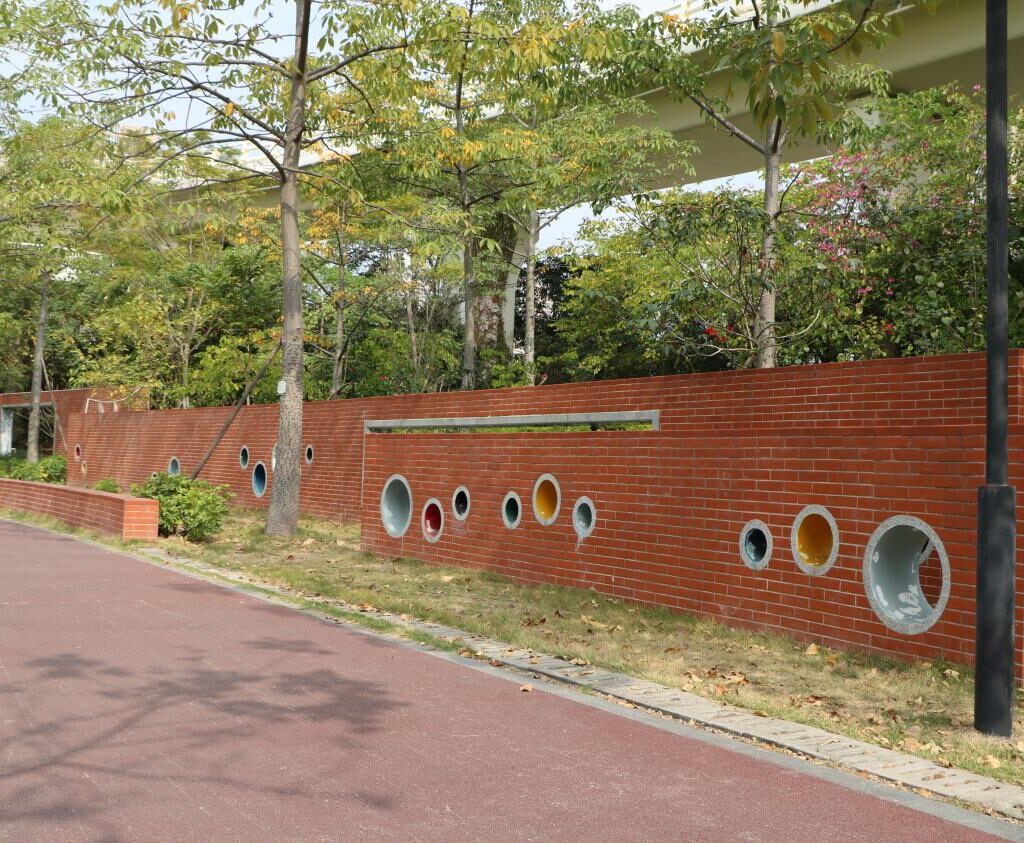Clay brick tile is a material commonly used in many constructions now. Clay brick tile is formed by vacuum extrusion, because it is double-layered when it is formed, and then split into two bricks after the firing process. It’s called Clay brick tile.
Clay brick tiles are favored by the construction industry because they have a very smooth surface and can be decorated with any pattern effect according to the needs of customers. In addition, Clay brick tiles can also design different styles of Clay brick tiles according to the specific needs of building construction, so as to meet the construction needs of construction companies! Then follow the editor to learn more about Clay brick tiles Important information!
Features of Clay brick tiles
Clay brick tiles have high strength, low water absorption, strong frost resistance, moisture and corrosion resistance, abrasion and pressure resistance, acid and alkali resistance, and non-slip. The color is rich, natural and soft, and the surface texture is varied and varied, or delicate and delicate, or thick and rough. The glazed surface is shiny and magnificent. The surface without glaze is simple, elegant and generous, without reflection.
Clay brick tile use
It is suitable for exterior wall decoration of various buildings, and also suitable for indoor floor paving such as halls and halls, stations, waiting rooms, restaurants, etc. Thick bricks are suitable for paving open-air floors such as squares, parks, parking lots, corridors, sidewalks, etc., and can also be used as veneer materials for swimming pools, pool bottoms and pool banks
Division of Clay brick tiles
Clay brick tiles can be divided into smooth surface and rough surface according to the degree of surface smoothness. The former has a fine and smooth surface, and the latter is made by adding granular material to the blank and installing a small steel wire at the die exit to cut the surface of the brick. The surface of the product is clothed. Full of coarse particles or pits, so that the surface of the product obtains a rough decorative effect.
Clay brick tiles are commonly referred to as ceramic green bricks, which are made by biscuit firing without glazing. Clay brick tiles can be divided into wall tiles and floor tiles according to their uses. The former is used for wall decoration, not only to protect the wall, but also to have a beautiful appearance. The latter is used for floor laying, is waterproof and can also achieve beautiful decorative effects.
What is the difference between Clay brick tile and full body brick?
The surface of the Clay brick tile can be smooth or rough, and it can also provide a variety of strong concave and convex lines, and can be assembled into different patterns of artistic decoration effects, which has an obvious three-dimensional effect. From the perspective of building construction, the clay Clay brick tile has a deeper “dovetail groove”, which is firm and reliable, especially in high-rise buildings with a greater sense of security. Clay brick tiles are used as architectural ceramics for exterior walls and floors.
The whole body brick is made by pressing the rock fragments under high pressure. The hardness of the polished surface can be compared with that of the stone, and the water absorption rate is lower. The surface of the whole body brick is not glazed, and the material and color of the front and back sides are the same. Whole body bricks are widely used on the ground of decoration projects such as halls, aisles and outdoor walkways; generally, they are rarely used on walls. Most of the non-slip bricks are full-body bricks.


